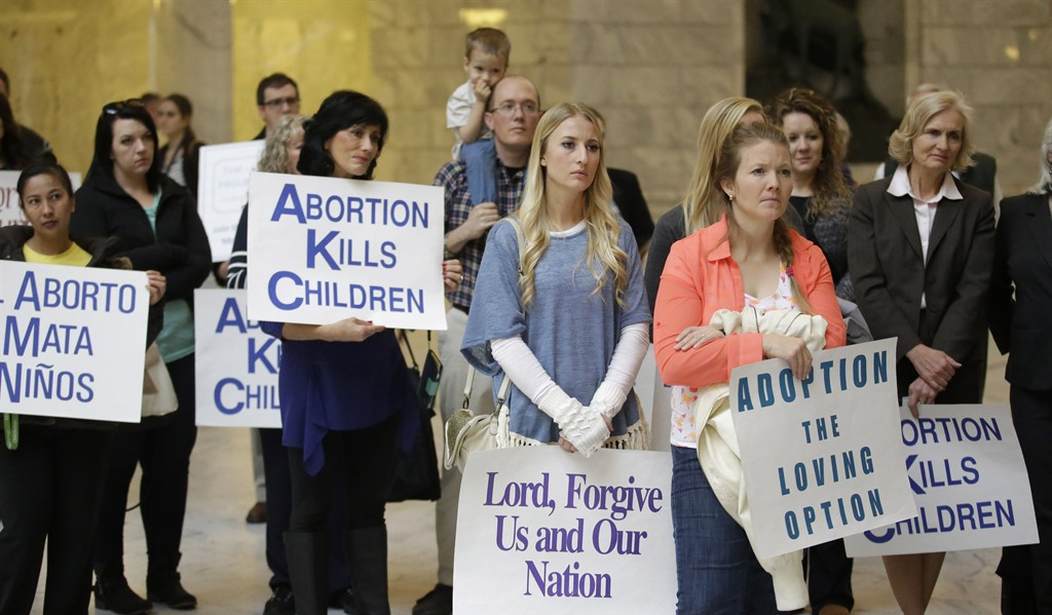In her dissent in the 1983 case Akron v. Akron Center for Reproductive Health, former Supreme Court Justice Sandra Day O’Connor wrote, “The Roe framework … is clearly on a collision course with itself.” Justice O’Connor was speaking of the trimester framework that was the basis of the original Roe v. Wade decision. The Roe court made a distinction between the constitutionality of state laws regulating abortion before fetal viability, and those that would regulate abortion after viability.
Although the majority in Akron did not side with O’Connor, the concerns she raised in her dissent were prescient. As she noted at the time, “viability” in 1973 (when Roe was decided) was considered to be 28 weeks gestation at the earliest, and generally well into the third trimester of pregnancy. But even 35 years ago, when the Akron case was argued, O’Connor could see that advances in medical technology would push viability earlier -- into the second trimester -- and possibly even earlier. O’Connor warned that the Roe decision was forcing state legislatures trying to regulate abortion to determine what were “accepted medical practices,” and the courts thereafter to sit as de facto “science review boards” -- roles for which neither institutions are qualified.
Roe v. Wade’s problematic structure has serious legal implications, to be sure. But two cases in the news this week highlight the even more dramatic philosophical inconsistencies and moral absurdities created by the infamous Supreme Court abortion decision.
On Oct. 23, Denise Grady, health writer for The New York Times, wrote an article about a new in-utero surgical technique to correct fetal spina bifida -- a condition in which the spinal column does not fuse, leaving the spinal cord exposed. Children born with spina bifida are unable to walk and can suffer a host of other serious disabilities. Surgeons have been operating on gestating children to ameliorate spina bifida for about 20 years, with mixed results. But this new method is fetoscopic; it does not require opening the uterus and removing the developing fetus. Instead, tools are inserted into the uterus through a tiny incision, and surgery is performed guided by a tiny lighted camera and images projected on a video screen.
Recommended
Grady watches the surgery -- which took place last month at a Houston hospital -- and the tone of her piece is hopeful; even awestruck. Describing the gestating infant being operated on -- at only 24 weeks -- she writes, “The patient, still inside his mother’s womb, came into focus … Fingers, toes, the soles of his feet -- all exquisite, all perfectly formed.”
At the same time -- also in Texas, an unaccompanied minor (a child of 17) illegally crossed the border into the United States. Caught and detained, it was determined that she was pregnant. Thereafter, she demanded an abortion. Both the government of Texas and the federal government opposed the request, arguing that there is no constitutional right for a noncitizen to enter the United States and obtain an abortion. Opponents further argued that a ruling in favor of the immigrant minor’s request would effectively create a policy making the United States a “sanctuary destination” for abortions. (The attorneys general of six other states filed briefs opposing it, as well.)
“Jane Doe” was represented by the ACLU. Her case was heard by the U.S. District Court for the District of Columbia, and then a three-judge panel of the U.S. Court of Appeals for the D.C. Circuit, and then the entire bench of the D.C. Circuit Court of Appeals, which ordered the state of Texas and the federal government to take the minor to a clinic for the abortion.
On Oct. 25, the immigrant minor aborted her child.
This is insanity. It is untenable. The only difference between the spina bifida patient and the child of the immigrant minor, is that one mother wants her child, while the other one does not. But the inherent worth of any human being is not determined by whether or not he or she is “wanted.”
The spina bifida patient was 24 weeks. The U.S. House of Representatives recently passed legislation that would ban abortion after 20 weeks. (Texas’ law is similar, incidentally.) Scientists now believe that 20 weeks is the developmental point at which the unborn child can feel pain. Planned Parenthood -- of course -- opposes these laws.
In her article, Denise Hardy notes that the surgeons administered anesthetic to their tiny fetal patient before performing the delicate surgery to repair his spinal cord. Is it not absurd that a 24-week unborn baby undergoing surgery receives anesthetic, but one slated for the abortionist’s knife can be mercilessly ripped to pieces?
It’s quite likely that “Jane Doe’s” yet-unborn child was just as “perfectly formed” as the baby boy that Denise Hardy saw operated on last month; he or she was just earlier in the gestation period.
Two children, both in Texas, both in utero, separated in age by only a few weeks. One goes under a surgeon’s knife as the recipient of the world’s most advanced medical techniques to save his life. The other one is considered expendable, and killed.
Justice O’Connor was right.
























Join the conversation as a VIP Member